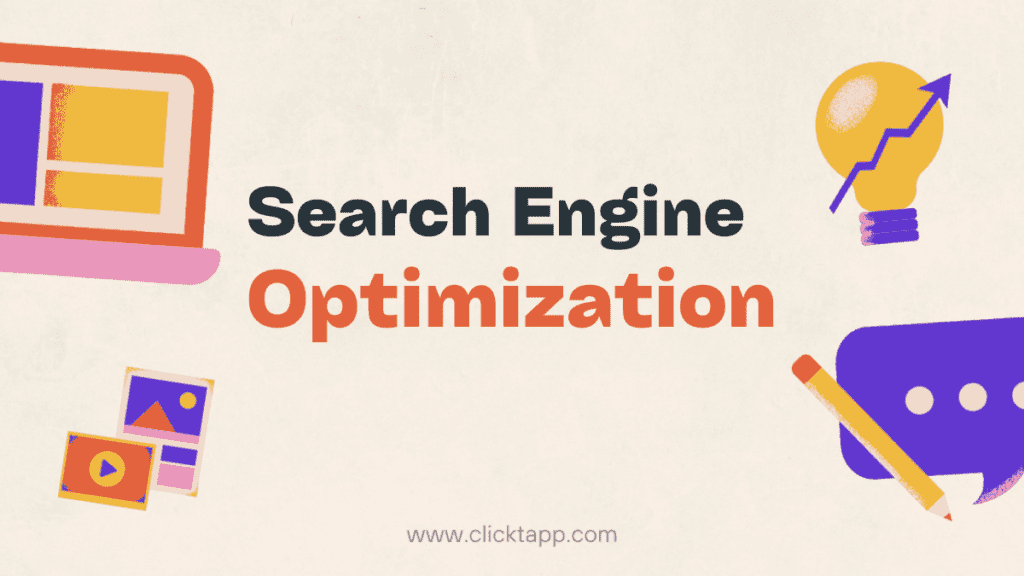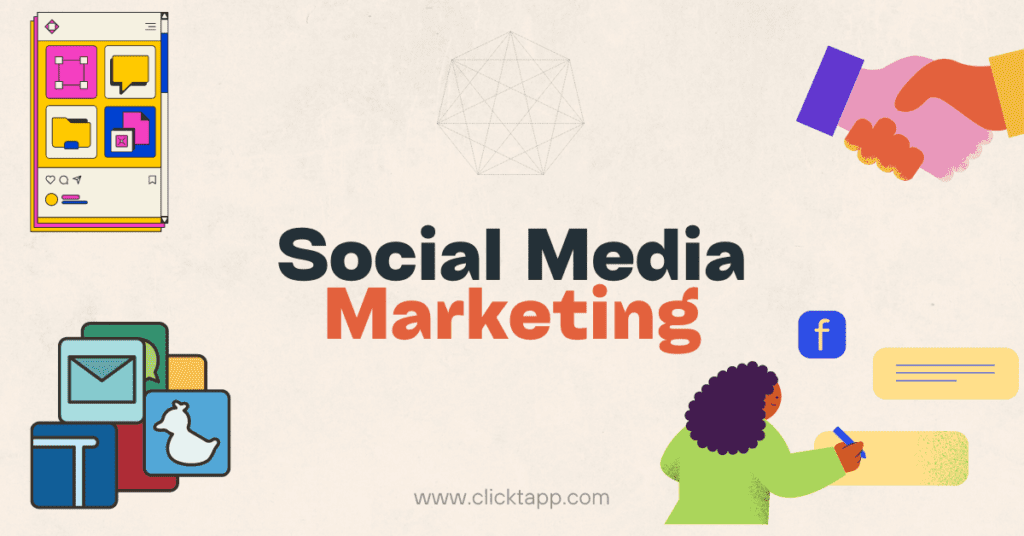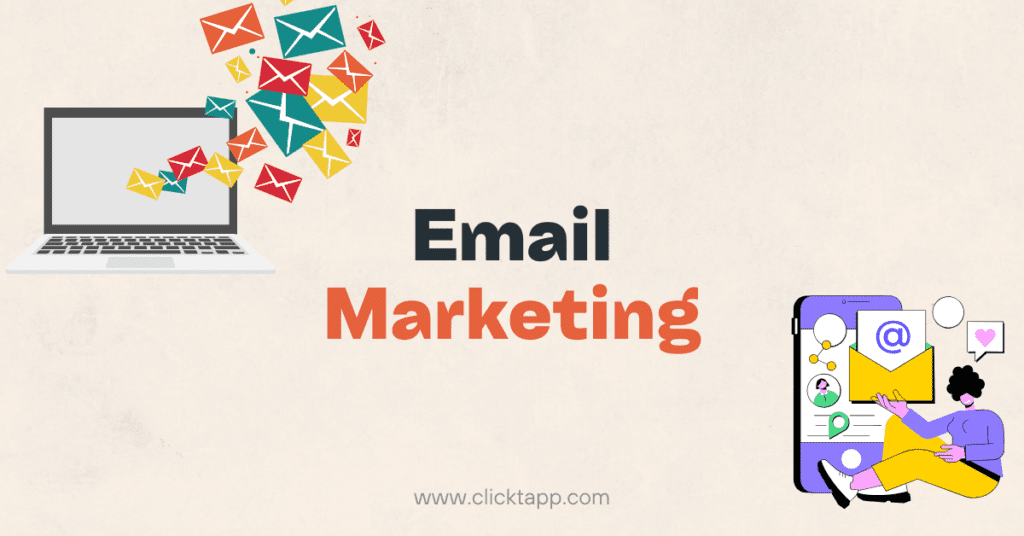Lead Generation Strategies Through a Digital Marketing Lens
In digital trade, lead generation Strategies are key for business growth. It concerns drawing in potential customers and guiding them through the sales process. The online trade field is always changing, and effective techniques are crucial. Our goal is to provide tips that will help companies succeed online.
Understanding Lead Generation
Lead generation strategies are used to find potential customers. They have shown interest in a business’s products or services. These are potential customers or leads. They are people or groups that have shown interest. They do this by giving their contact info or the business’s content.
1. Content Marketing: Providing Value to Attract Leads

1.1 Blogging
Blogging is a vital tool for digital marketers. It boosts visibility and draws in customers. Regular posting can drive traffic to a company’s website. This strategy can turn visitors into leads. But, businesses must tackle common issues in their blogs. Ignoring them is not an option. They are aware of their audience’s struggles. Their solutions appeal to readers. Companies earn trust and authority. This, in turn, builds loyalty and fuels growth.
1.2 eBooks and Whitepapers
Downloading eBooks and whitepapers is a great way to generate leads. A form to access this content lets companies collect contact info. The info is from interested candidates. These longer pieces allow companies to explore complex topics. They offer deep insights and show the company as a leader.
1.3 Webinars and Online Workshops
Webinars and online workshops are a great way to generate leads. Companies can attract engaged audiences by providing content that educates and adds value. They can be live or recorded. Also, they can use registration forms to gather leads. Webinars allow for interaction. They are a way to show expertise, answer questions, and nurture leads.
2. Search Engine Optimization (SEO): Boosting Visibility and Traffic

2.1 Keyword Research
Keyword research is key to a successful SEO strategy. It is its foundation. Companies can edit their website content based on what users search for. This can help them rank higher in search engine results pages (SERPs). Tools like Google Keyword Planner and SEMrush can help. They can find keywords with high search volume and low competition.
2.2 On-Page Optimization
It’s crucial to optimize on-page elements for SEO. This includes titles, meta descriptions, headers, and content. By using the target keyword naturally on their site, trades can rank better in search results. Optimize for speed, mobile use, and user experience. It will raise orders and visibility.
2.3 Content Creation and Promotion
To drive organic traffic, high-quality, unique content is key. It’s vital for SEO. Search engines like Google prefer sites with relevant and useful info. They boost rankings and visibility. This helps companies lead in their fields. They can create blogs, articles, and videos to be seen as reliable sources. This leads to links from other reputable websites. This, in turn, boosts their credibility and search rankings. It drives more traffic to their website.
3. Social Media Marketing: Leveraging Platforms for Engagement

3.1 Platform Selection
Choosing the right social media platform is crucial for devising effective marketing strategies. Each age group and demographic has its own favorite platform. Businesses must find where their target audience spends the most time. This will let them focus on those media. It will boost brand visibility and engagement. B2B companies often prefer LinkedIn. It is a platform to connect with other businesses and experts. LinkedIn’s features, like Groups and Pulse, let companies share ideas. They can post thought leadership pieces to show their expertise. B2C companies may find success on Facebook, Instagram, and Pinterest. They cater to a general consumer audience. Facebook has a vast user base. Instagram’s visual focus is great for reaching many customers. Pinterest is about lifestyles and hobbies. It lets companies showcase their products in an inspiring, creative way.
3.2 Content Strategy
A strong content strategy is vital. It will engage social media users and drive traffic to the website. To achieve this, businesses should curate a diverse mix of content. It should cater to various learning styles and preferences. It should include in-depth blogs, fun videos, infographics, and podcasts. A fashion brand can blog about current trends. It can also make videos to show off its products. Content must match each medium’s audience and be very engaging. For example, Instagram content might use nice graphics and short captions. In contrast, Facebook posts may be longer and more detailed. It can boost their online visibility, create a loyal community, and drive sales.
3.3 Paid Advertising
Paid ads on social media let companies target specific groups. This increases conversion rates. A fashion brand can target those who like similar products or who have bought from rival brands. Companies can use ads, like sponsored posts and videos, to promote their products to leads. Supported posts, for example, blend into users’ feeds. As a result, users are more likely to engage with the content. Carousel ads let companies show many products in one ad. This raises the chances of piquing users’ interest. Video ads are better than static ones. Their visuals and audio can show product features or customer testimonials. These ad formats can help companies reach and persuade potential customers. This can drive sales and grow revenue
4. Email Marketing: Nurturing Leads Through Personalized Communication

4.1 List Building
A quality email list is key to successful email marketing.
Businesses can collect email addresses through:
- website opt-in forms
- lead magnets
- gated content
- social media promotions
It’s important to get clear consent from viewers. Also, provide value in return for their contact information.
4.2 Segmentation and Personalization
Trades can use email list segmentation to send targeted, personalized content. They can use demographics and preferences to do that. Trades can boost engagement and conversion rates. They should tailor messages to the interests and needs of each segment.
4.3 Automation and Drip Campaigns
Automating email trade campaigns helps to nurture leads. It guides them through the sales funnel. Businesses can set up automated drip campaigns. These will send a series of pre-written emails at set times. These campaigns can welcome new subscribers. They can educate them about the brand and its offerings. Finally, they can encourage them to make a buy.
5. Conversion Rate Optimization (CRO): Maximizing Lead Conversion
5.1 A/B Testing
A/B testing, called split testing, compares two versions of a webpage, email, or ad. It finds out which performs better. By testing parts of headlines, buttons, and images, businesses can find the best combos. This will raise conversion rates.
5.2 Landing Page Optimization
Optimizing landing pages is crucial for maximizing conversion rates and generating leads. Landing pages should be designed with a clear purpose and a singular focus, capturing email sign-ups, promoting a free trial, or Encouraging a purchase. Elements Compelling headlines, persuasive copy, captivating visuals, and intuitive forms all contribute to a successful landing page.
5.3 User Experience (UX) Design
A good user experience is key. It keeps visitors and boosts sales. Businesses should focus on four areas: fast loading, mobile support, easy navigation, and clear calls to action.
6. Influencer Marketing: Harnessing Authority and Trust
6.1 Influencer Identification
Finding the right influencers to partner with is crucial. It is key to the success of influencer marketing. Businesses should seek influencers who align with their brand and goals. They should also match their target audience. Tools like Upfluence, Traackr, and BuzzSumo can help. They can find relevant influencers based on their reach, engagement, and audience demographics.
6.2 Campaign Collaboration
Businesses can grow their reach and credibility by partnering with influencers. Sponsored content, product reviews, and endorsements can help. Influencers have gained trust in their communities. Their endorsements are very effective. To align with the brand, businesses should guide influencers. They must set clear expectations.
6.3 Performance Measurement
Measuring influencer marketing campaigns is key to better results and ROI. Businesses should track reach, engagement, and website traffic.


Pingback: Affiliate Marketing Campaigns: Step-by-Step A Successful Tutorial - Clicktapp